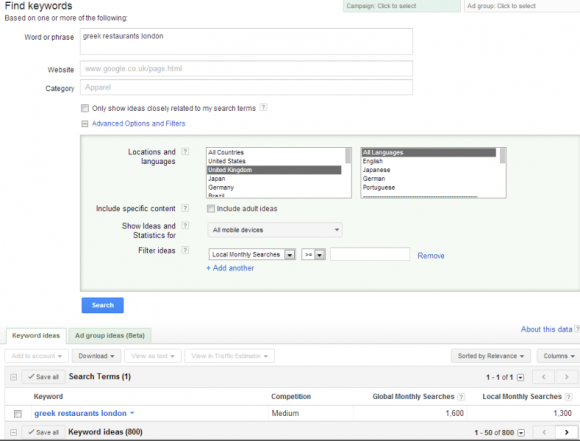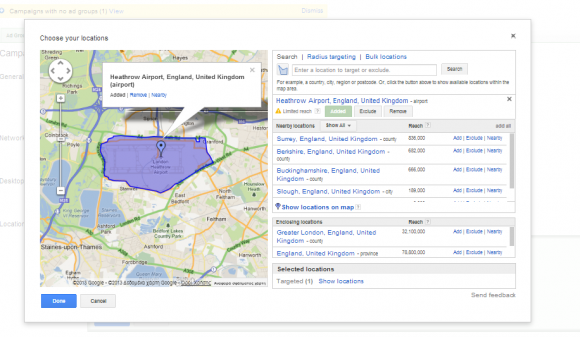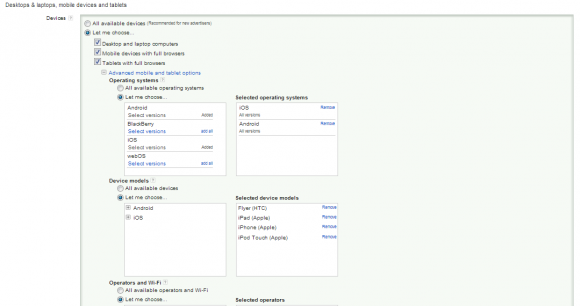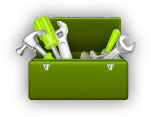Local SEO: How to reach effectively your local audience

The rapid use of smartphones and tablets gives a unique opportunity to SME (Small and Medium Enterprises) to optimize their websites locally for smartphone/tablet devices by reaching an audience like never before. Later on, some of these methods are going to be displayed for effective reach of this audience.
Increasing use of smartphones/tablets
The growing number of users that use their smartphone or tablet devices increases exponentially which can be proven by various research findings. Recent findings from Pew Research Centre show that:
As of August-September 2012:
• 85% of American adults have a cell phone
• 45% of American adults have a smartphone
• 25% of American adults have a tablet computer
Of course the figures above are not based in theory, but practice itself proves that mobile is on the rise and thus it’s essential for businesses to invest on their mobile presence and particularly when it comes on Local SEO.
In order to see practically the exponential growth of mobile, you can see a comparison of a client with mobile presence… we are comparing its 2012 and 2011 mobile traffic. As it appears to be on the screenshot, there’s an exponential growth on mobile traffic:
Visits: +101.07%
Unique Visitors: +107.62%

If you already have set up a Google Analytics, how are you going to see this?
(Click) Audience Overview –> (choose) Advanced Segments (on default segments) –> (tick the box) Mobile Traffic
In this way you are going to see the data available for your mobile traffic.
User behaviour
What SMEs haven’t realised yet, is the fact that users are changing their user search behaviour in search engines (when they perform a query) on their mobiles or tablets.
Similarly you can do the same thing for your tablet traffic!
What can be considered as common knowledge is the fact that users (who use tablets/smartphones) prefer to tap fewer keyphrases while they perform a query on mobile devices; on the other hand when it comes to desktop devices their online search behaviour changes.
Ways to boost your local business
Onsite Optimization
So taking into consideration the aforementioned factors:
- Undoubtedly, the number of mobile/tablet users in developed countries is increasing exponentially. Additionally, the number of mobile and tablet a user in emerging economies is rising fast. These two resultants lead to the conclusion that local business should invest on Local SEO
- Mobile user behaviour: taking into consideration minor (but determining) factors, when mobile users tap on their mobile/smartphone they don’t perform lengthy queries but they are laconic. So Local SMEs should take this factor into consideration when they perform their local SEO.
Now it’s time to take into consideration all the local SEO actions that needs to be done in order to achieve optimized results for your local business.
On-site optimization: Follow the same techniques that you would do for your website: mobile URLs, use of metatags, headings, keywords, but this time you should target locally, use of social media/sharing buttons, use of contact details at a discernible position, ‘’call’’ button
For your initial search it is advisable to use the Adwords Keyword Tool by Google, by filtering the info that you want. So for your local business, you’d better ‘’All Mobile Devices’’, as you see on the example below and start conducting local keyword research.

Make sure to take the optimal decision for your local business mobile site, by taking into consideration an indicative list of domains/subdomains according to which your final URL is going to appear:
- m.example.com
- mobile.example.com
- example.mobi
Make sure that you generate a mobile sitemap, exactly the way you would do for your website.
Don’t forget to verify your mobile site on Bing and Google Webmaster Tools respectively and then proceed to the submission of the URL of your mobile website on Bing and Google Webmaster Tools respectively.
Like regular websites (on our desktops), Google (and Bing) crawl the content of our website. Similarly, Google has Google-Bot Mobile that crawls the mobile content of the site of your local business.
Are you worried on how mobile-friendly your website is and it’s going to affect the mobile experience of your users? You can validate it, with the use of W3C Mobile Checker
It is likely that the local SEO of your mobile site might be affected by the load time it takes. If it takes more than 4-5 seconds it might be a bad user experience and this damages your mobile presence. For this purpose, just enter your mobile site on the PageSpeed Insights and you’ll get optimal suggestions in order to make your site faster.
Offsite Optimization
If you want the mobile site of your local business to be found, it is advisable that apart from the onsite optimization process to implement a link building approach for optimal results for your local business.
Some factors that you need to take into consideration for your offsite optimization process for your local business are the below:
If you have a blog, write one for the needs of your business and if you want to add tags, it’s better to use your area and the product that is related to your business. For example, just add tags for: Athens, the acropolis, coffee shop, cafeteria, etc.
If it’s possible try to add your business into location based apps that are compatible to tablet and smartphone devices (using operating systems like iOs, Android etc). Indicatively some of the location based apps that you can take into consideration are the below:
- Cellfire
- The Coupons App
- Where
- Checkpoints
- Swirl
- Point Inside
Add/claim your business in local directories, for optimized local results like Yelp, Yahoo, Yellowpages.com, Superpages.com etc.
Include your business on Foursquare (more than 25 million users use Foursquare, 2.5 billion past check-ins)
Of course your local SEO strategy should include Google Maps and G+, by adding your business (address, telephone, generally contact details, keywords related to your business). Don’t forget that Google has also released a mobile app for Local. Once the user gives his location on Local, then he will be able to find Restaurants, Cafes, Pubs, Attractions.
If you want to dig into depth for high quality, websites, blogs, directories, or URL submissions websites related to your business that will help you enhance the local presence of your business, then it is strongly advised to use the Backlink Hunter of Web SEO Analytics.
Just place the (local) keyword that your business is related to (e.g. Greek restaurants London) , choose the type of site (blog, website etc.) and you will have available all those sites which are directly related to the type of your business. The Backlink Hunter will show how relevant this website is, the domain score, the domain authority, the page rank, even contact details (in order to make sure that these sites have a mobile version as well)
Adwords
Along with your locally-SEO optimized actions, now with Google you can micro-geotarget a specific area.
Let’s assume that you own a business related to the travel/hotel industry.
Now you can aim at a specific region (e.g. Heathrow Airport, exclusively) and now you further filter the reach of your to tablet users only (who are on Heathrow Airport only)

You can choose the filters that you are going to put in order micro-target the audience of the area, according to:
- Mobile/tablet devices,
- Operating systems
- Device models
- Operators and wifi etc.


 No Comments
No Comments


